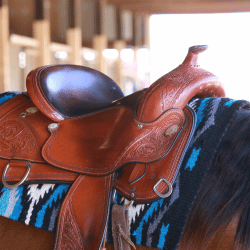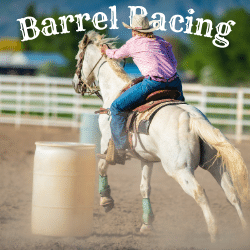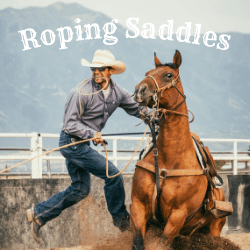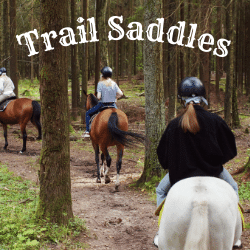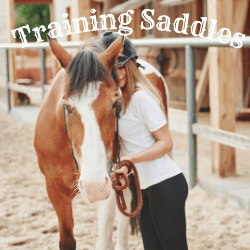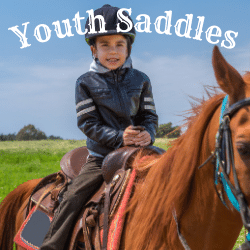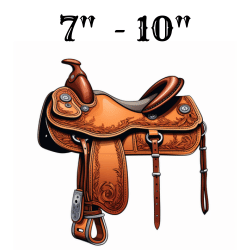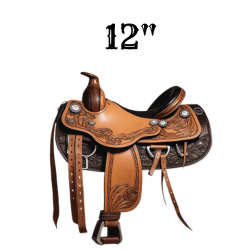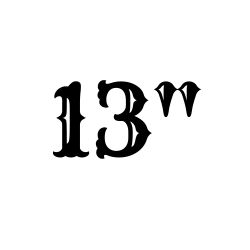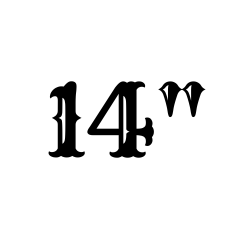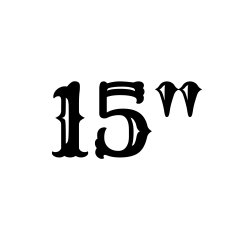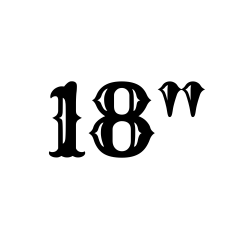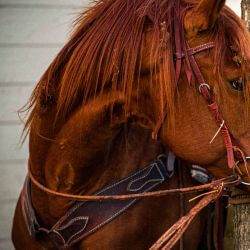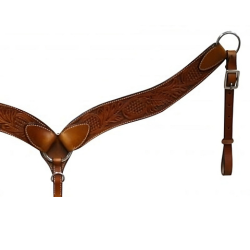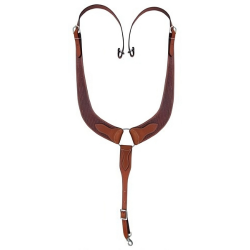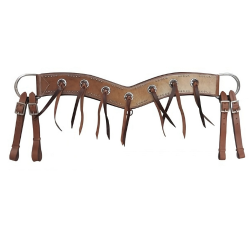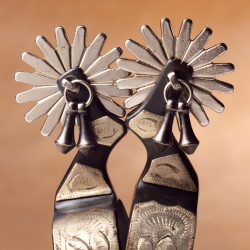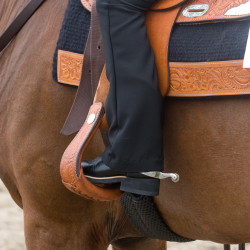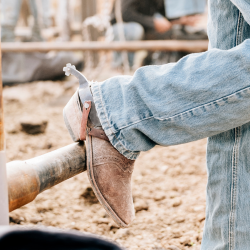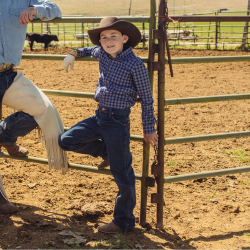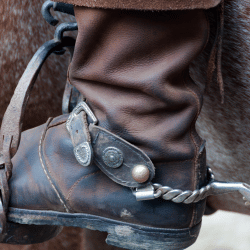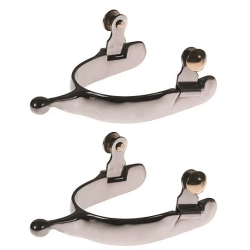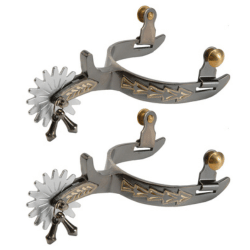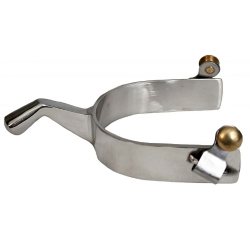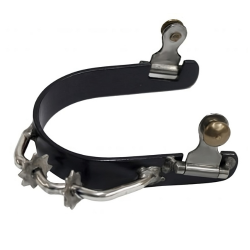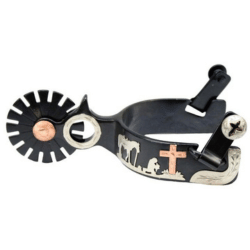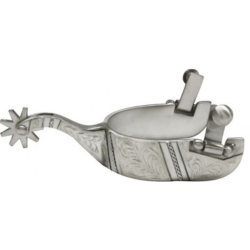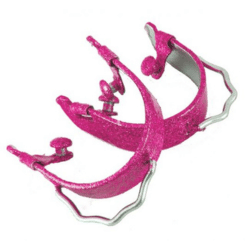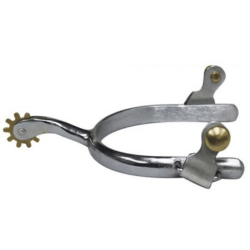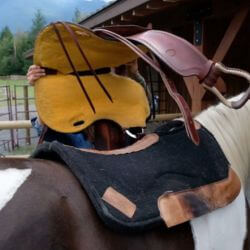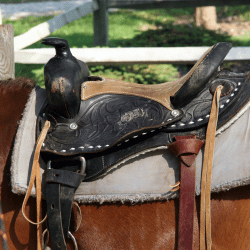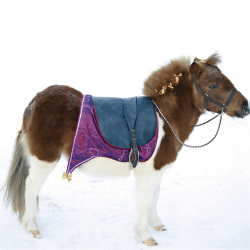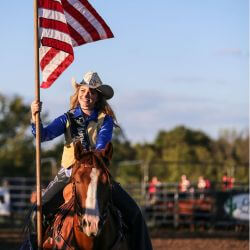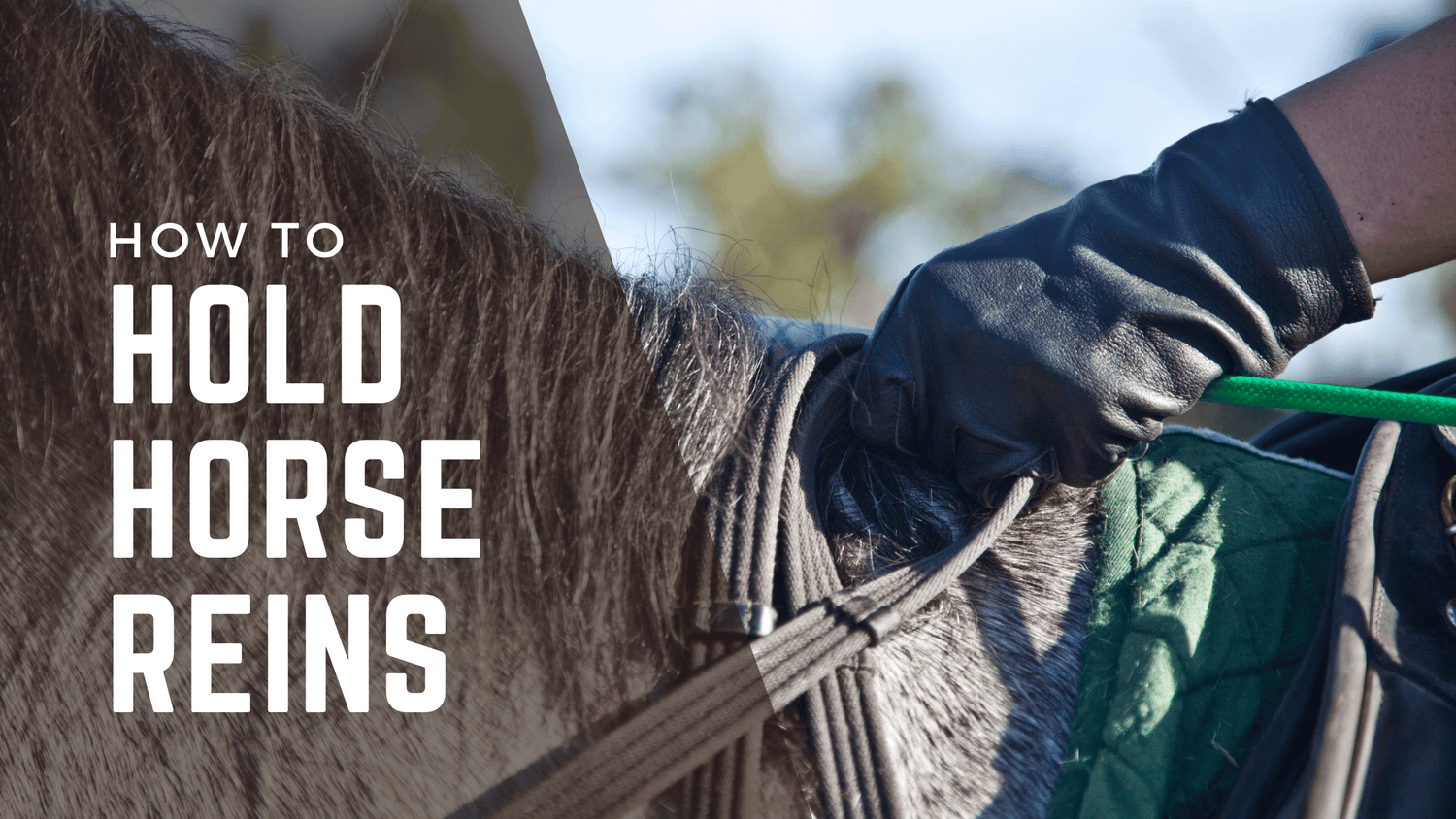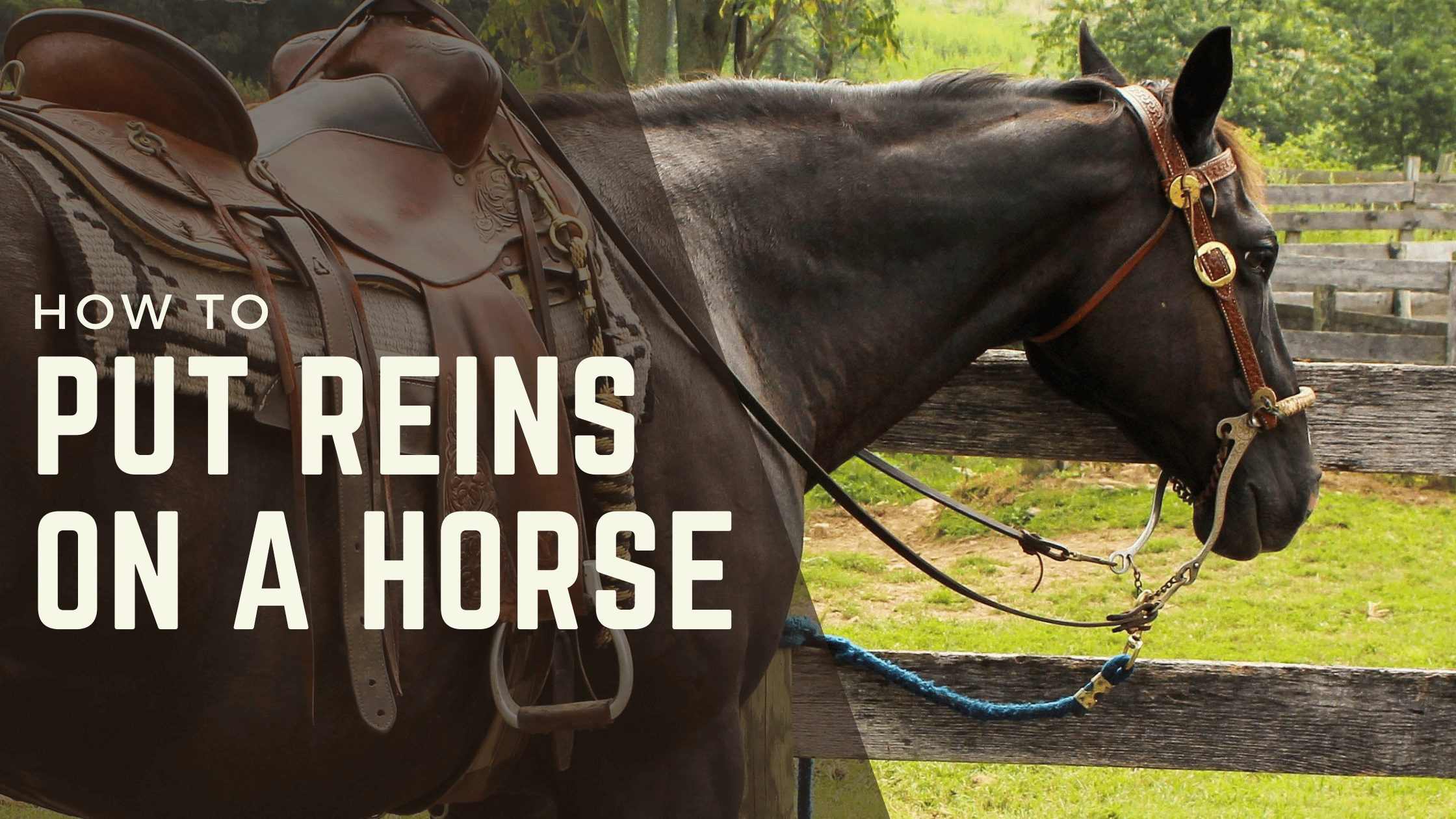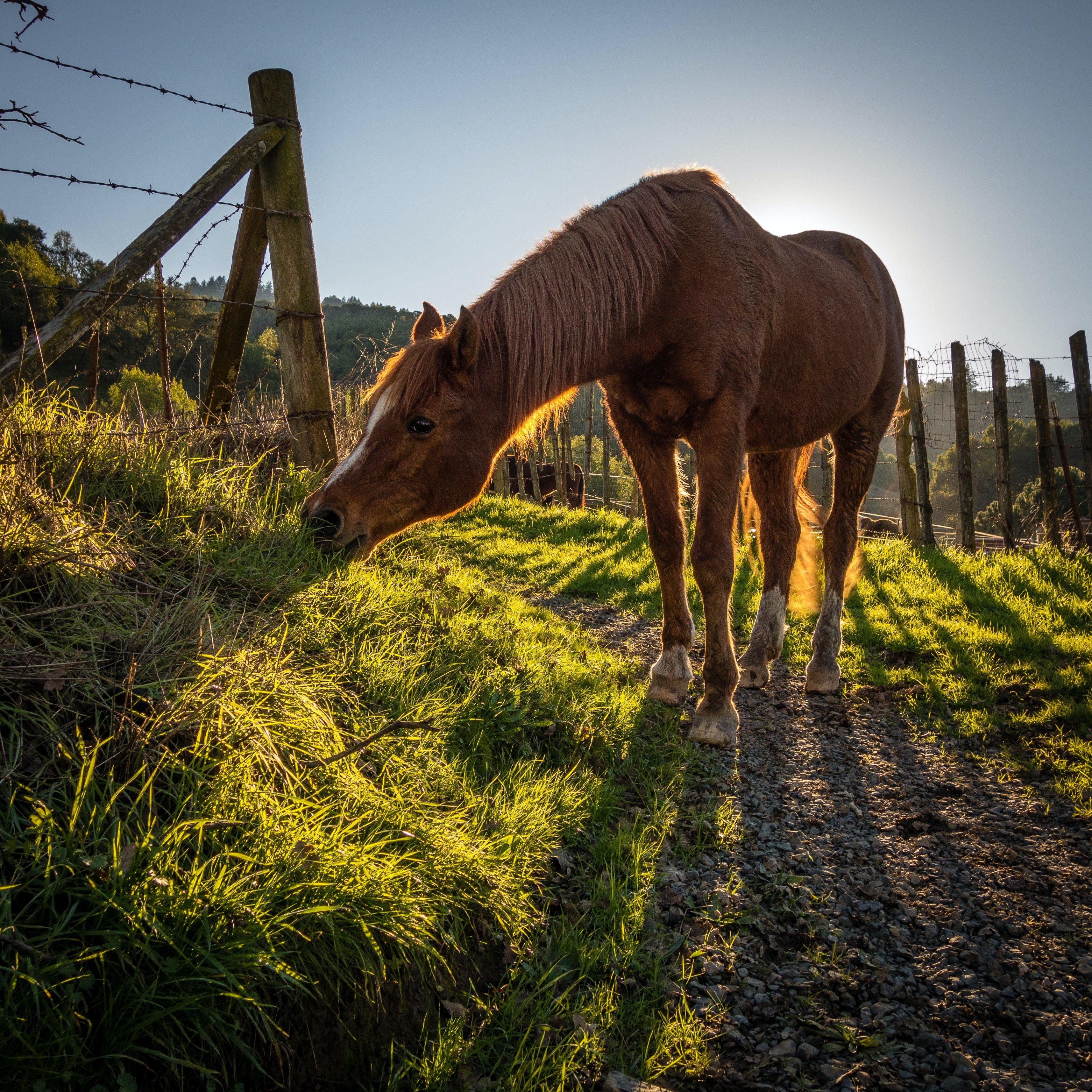If you're new to horseback riding or looking to improve your skills, one fundamental aspect you must master is how to properly hold horse reins. The reins are one of the primary means of communication between the rider and the horse, allowing you to direct, control, and guide your equine partner. Understanding the importance of correct rein handling is crucial for both your safety and the well-being of the horse. In this blog post, we will delve into the basics of horse reins, discuss the correct hand position and grip, highlight common mistakes to avoid, and explore techniques for controlling the horse effectively. We will also touch upon maintaining safety and comfort for both the rider and the horse, as well as the proper care and maintenance of the reins. By the end of this article, you'll have a solid understanding of how to hold horse reins correctly, setting you up for a successful and enjoyable riding experience. So let's dive in and explore the world of proper rein handling!
Introduction: Understanding the Importance of Correctly Holding Horse Reins
When it comes to horse riding, holding the reins correctly is of utmost importance. The reins serve as a vital communication link between the rider and the horse, allowing for precise control and guidance. Understanding the significance of proper rein handling goes beyond just aesthetics; it directly impacts the effectiveness of your riding and ensures the safety and comfort of both you and your horse.
By holding the horse reins correctly, you establish clear and consistent communication with your equine partner. This allows you to give precise cues for steering, stopping, and adjusting speed. Additionally, correct rein handling promotes a balanced and harmonious connection with the horse, enhancing your overall riding experience.
Improper rein handling, on the other hand, can lead to confusion, miscommunication, and loss of control. It can create tension and discomfort for the horse, potentially leading to resistance or even accidents. Therefore, it is essential to understand the proper technique and hand position for holding horse reins to maintain a safe and enjoyable riding experience.
In the following sections, we will explore the basics of horse reins, including their types and functions. We will then delve into the specifics of how to hold horse reins correctly, discussing the grip, hand position, and adjustments. We will also highlight common mistakes to avoid, ensuring that you can effectively communicate with your horse and maintain control in various situations.
Remember, mastering the art of holding horse reins is an ongoing process. With practice and a solid understanding of the fundamentals, you will develop a confident and effective rein handling technique that will enhance your riding skills and deepen the bond with your horse. So let's move on to the next section and explore the basics of horse reins.
The Basics of Horse Reins
To properly hold horse reins, it is essential to have a good understanding of what horse reins are and their role in riding. In this section, we will explore the basics of horse reins, including their definition, different types, and their significance in controlling and communicating with the horse.
What are Horse Reins?
Horse reins are a set of straps or lines that are attached to the bit in the horse's mouth. They serve as a means of communication between the rider's hands and the horse's mouth. By holding the reins, the rider can transmit signals to the horse, guiding and controlling its movements.
Reins are typically made of leather, synthetic materials, or a combination of both. They come in various lengths, thicknesses, and styles, depending on the discipline and rider's preference. The reins are an essential part of the bridle, which also includes the bit, headstall, and other components.
Different Types of Horse Reins
There are several types of horse reins, each designed for specific purposes and riding disciplines. Understanding the different types will help you choose the most suitable reins for your riding style. Some common types of horse reins include:
-
Split Reins: Split reins are two separate reins, one in each hand, with no connection between them. They are commonly used in Western riding and provide independent control over each side of the horse's mouth.
-
Buckle Reins: Buckle reins are single reins that are attached to the bit with buckles. They are commonly used in English riding disciplines such as dressage and show jumping.
-
Closed Loop Reins: Closed loop reins are a single rein that forms a continuous loop. They are commonly used in disciplines like trail riding and endurance riding, providing a secure grip and eliminating the risk of dropping a rein.
-
Draw Reins: Draw reins are training aids that attach to the girth or saddle and run through the bit rings. They are used to encourage the horse to lower its head and flex at the poll. Draw reins should be used with caution and under the guidance of an experienced trainer.
The Role of Horse Reins in Riding
Horse reins play a crucial role in controlling and communicating with the horse while riding. They allow the rider to give cues for steering, stopping, adjusting speed, and executing various movements and transitions.
By properly holding the reins and applying appropriate pressure and release, the rider can convey their intentions to the horse. The horse responds to these signals by adjusting its speed, changing direction, or transitioning between gaits.
In the next section, we will delve into the proper technique and hand position for holding horse reins correctly. Understanding these fundamentals will help you establish effective communication and control with your horse. So let's move on to the next section and explore how to hold horse reins properly.
How to Hold Horse Reins Correctly
Holding horse reins correctly is essential for maintaining effective communication and control with your horse. In this section, we will discuss the proper grip, hand position, and adjustments for holding horse reins correctly.
The Correct Grip and Hand Position
-
The Basic Grip: Start by holding the reins in each hand, one rein in each hand. Place your thumbs on top of the reins, facing towards the horse's neck. Allow the reins to rest between your pinky and ring finger, then wrap the remaining fingers around the reins, creating a secure grip.
-
Maintaining a Soft and Light Contact: It is crucial to maintain a soft and light contact with the horse's mouth. Avoid gripping the reins tightly or pulling excessively. Instead, maintain a relaxed and supple hand, allowing for subtle and precise communication.
-
Equal Pressure on Both Reins: Ensure that you apply equal pressure on both reins, avoiding any imbalance. This helps in maintaining a balanced and symmetrical connection with the horse.
Adjusting the Length of the Reins
-
Finding the Ideal Rein Length: The length of the reins may vary depending on the riding discipline and the horse's individual needs. Generally, aim for a rein length that allows a slight bend in the horse's neck without causing tension. Experiment with different lengths to find what works best for you and your horse.
-
Shortening the Reins: To shorten the reins, hold the reins near the bit and use your free hand to slide the excess rein through your hand until you reach the desired length. Avoid making sudden movements that may startle or discomfort the horse.
-
Lengthening the Reins: To lengthen the reins, slide your hand towards the horse's neck, allowing more rein to slip through your hand. Keep a steady and controlled motion, avoiding abrupt movements that may confuse or startle the horse.
Common Mistakes to Avoid
-
Gripping the Reins Too Tightly: Avoid gripping the reins too tightly, as it may create tension and discomfort for the horse. Maintain a soft and supple hand to allow for clear communication.
-
Crossing the Reins: Ensure that the reins do not cross over each other while holding them. Crossing the reins can lead to confusion and may hinder your ability to give clear cues to the horse.
-
Dropping the Reins: Keep a firm hold on the reins at all times and avoid dropping them. Dropping the reins can result in a loss of control and may startle the horse.
By following these guidelines for holding horse reins correctly, you will establish a solid foundation for effective communication and control with your horse. In the next section, we will explore techniques for controlling the horse using the reins, including steering, adjusting speed, and stopping. So let's dive in and discover how to control the horse effectively with the reins!
Techniques for Controlling the Horse with the Reins
Properly holding the horse reins is only the first step in effectively controlling your horse. In this section, we will explore various techniques for controlling the horse using the reins, including steering, adjusting speed, and stopping.
How to Steer and Direct the Horse
-
Direct Rein: The direct rein technique involves using one rein to apply pressure and direct the horse's head in the desired direction. To turn left, for example, gently pull the left rein towards your left hip, applying pressure until the horse responds by turning its head and following the rein cue. Remember to release the pressure as soon as the horse responds to encourage a light and responsive connection.
-
Indirect Rein: The indirect rein technique involves using both reins to signal the horse to turn or change direction. To turn left using the indirect rein, apply pressure with your left rein while simultaneously supporting with your right rein. This cues the horse to bend its body around the turn.
-
Neck Rein: The neck rein technique is commonly used in Western riding and provides subtle cues for steering. To neck rein, simply lay the rein against the side of the horse's neck, slightly behind the withers, and apply gentle pressure. The horse should respond by moving away from the rein pressure and turning in the desired direction.
Adjusting Speed and Stopping
-
Half-Halt: The half-halt is a technique used to rebalance the horse and prepare for transitions or changes in speed. It is achieved by applying a slight squeeze or closing of the fingers on both reins, followed by an immediate release. The half-halt helps the horse shift its weight to the hindquarters and become more attentive to your aids.
-
Slowing Down: To slow down or transition to a slower gait, gradually close your fingers on the reins, applying gentle backward pressure. This signals the horse to decrease its speed or transition to a slower gait. Release the pressure as soon as the horse responds to maintain a light and responsive connection.
-
Stopping: To stop, gradually increase the pressure on both reins, applying backward and downward pressure. Use your seat and voice commands along with the rein aids to reinforce the stop cue. As soon as the horse stops, release the pressure and reward the horse for a prompt response.
Advanced Techniques for Better Control
-
Leg Aids and Rein Combination: As you progress in your riding skills, you can combine leg aids with rein cues to enhance your control and communication with the horse. For example, combining an outside leg aid with an indirect rein can help the horse bend and turn more effectively.
-
Refining Aids for Subtler Responses: As you develop a more nuanced connection with your horse, you can work on refining your rein aids to elicit subtler responses. This includes using lighter rein pressure, precise timing, and clear communication through your seat and body position.
Remember, effective control with the reins comes with practice, experience, and a deep understanding of your horse's individual responses. In the next section, we will focus on maintaining safety and comfort for both the rider and the horse while using the reins. So let's move on and explore how to ensure a safe and comfortable riding experience!
Maintaining Safety and Comfort for Both Rider and Horse
When it comes to holding horse reins, safety and comfort should be a top priority for both the rider and the horse. In this section, we will discuss essential considerations for ensuring the horse's comfort, safety tips for the rider, and the proper care and maintenance of the reins.
Ensuring the Horse's Comfort
-
Bit Fit and Comfort: Ensure that the bit is properly fitted and comfortable for the horse. A well-fitted bit should allow space for two to three wrinkles at the corners of the horse's mouth and should not pinch or cause discomfort.
-
Rein Length and Tension: Adjust the rein length to a comfortable position for the horse, allowing for a slight bend in the neck without excessive tension. Avoid pulling or yanking on the reins, as this can cause discomfort and resistance.
-
Regular Breaks and Stretching: During long rides, provide regular breaks for the horse to stretch and relax. Allow the horse to lower its head, stretch its neck, and move freely to prevent stiffness and discomfort.
Safety Tips for the Rider
-
Proper Helmet and Safety Gear: Always wear a properly fitted helmet when riding to protect against head injuries. Additionally, wear appropriate riding attire, including boots with a heel and a safety vest if necessary.
-
Maintain a Balanced Seat: A balanced seat is crucial for stability and control while riding. Focus on maintaining a correct posture, aligning your ears, shoulders, hips, and heels in a straight line. This helps distribute your weight evenly and promotes a secure position.
-
Be Mindful of Surroundings: Stay aware of your surroundings while riding. Be cautious of other riders, pedestrians, vehicles, and potential hazards such as uneven terrain or low-hanging branches. Ride defensively and adjust your speed and direction accordingly.
Proper Care and Maintenance of Reins
-
Regular Cleaning: Clean the reins regularly to remove dirt, sweat, and debris that may accumulate. Use a mild soap and warm water, and gently scrub the reins with a soft brush or cloth. Rinse thoroughly and allow them to air dry.
-
Inspect for Wear and Tear: Regularly inspect the reins for any signs of wear and tear, such as fraying, cracking, or weak spots. Replace any damaged or worn-out reins to ensure safety and reliability.
-
Proper Storage: Store the reins in a clean and dry environment, away from direct sunlight and extreme temperatures. Avoid folding or kinking the reins, as this can cause damage over time. Consider using a bridle bag or hanging them on hooks to maintain their shape.
By prioritizing safety, ensuring the horse's comfort, and taking proper care of the reins, you can create a safe and enjoyable riding experience for both you and your equine partner. In the next section, we will conclude our discussion on holding horse reins and summarize the key takeaways. So let's move on to the final section and wrap up our journey on proper rein handling!

